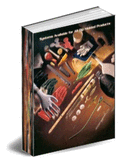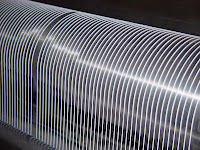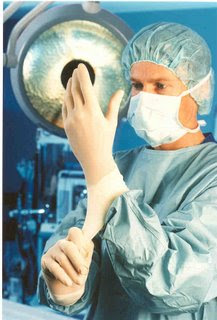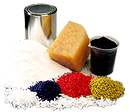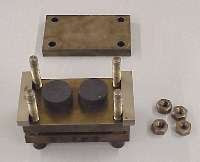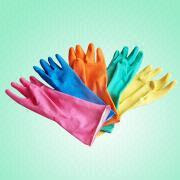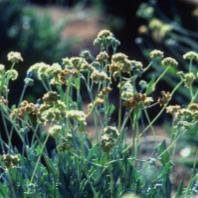Manufacturer: We are carpet manufacturers using various base latex (latices) for our carpet backing compounds. Why is carboxylated Styrene Butadiene (XSBR) latex always preferred to normal Styrene Butadiene (SBR) latex? What are the typical chemicals used for the carboxylation? We are now using XSBR. Can we switch to SBR?
John Woon (Senior Latex Consultant): Good question! I knew someone would raise this question sooner or later. The main reasons for using XSBR instead of SBR latex are as follows:
1) XSBR could accept higher loading of filler with high shear mixing while still having better colloidal stability. This is because in the case of SBR, the colloidal stability is achieved mainly from the surfactants(or stabilisers) used in the polymerisation whereas in the case of XSBR, the stabilisers are formed as integral parts of the polymer through the ionization of the carboxylic groups during polymerisation which therefore offer more permanent colloidal stability.
2) As a result, XSBR could maintain compound viscosity over a wider range of mixing speed and shear rate.
3) XSBR could give sufficient tensile strength without having to be vulcanised or crosslinked.
4) Increased polarity through carboxylation improves adhesion to many substrates while improving the resistance to solvents, heat and UV light.
Typical chemicals used for carboxylation are the various carboxylic acids which include Acrylic, methacrylic,crotonic, fumaric, etc. This could be used on its own or in combination with others. Usually the level of carboxylation is from 1 to 10%.
Of course you can switch to SBR but why would you want to switch from a superior product to an inferior product?
 You are at the site for answers and solutions to all your problems in natural rubber latex processing and manufacturing of industrial, household and medical gloves, condoms, catheters, baby teats and baby pacifiers, toy balloons, latex foam products, latex threads etc.
You are at the site for answers and solutions to all your problems in natural rubber latex processing and manufacturing of industrial, household and medical gloves, condoms, catheters, baby teats and baby pacifiers, toy balloons, latex foam products, latex threads etc.


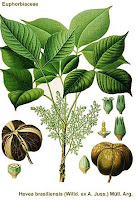

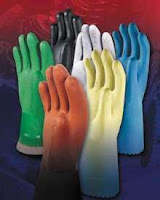




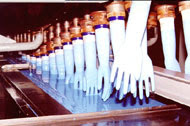


















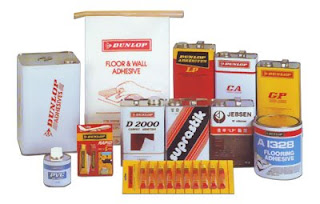
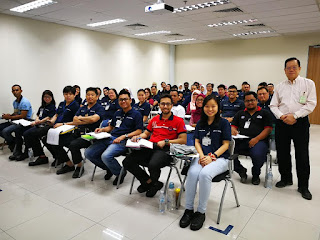

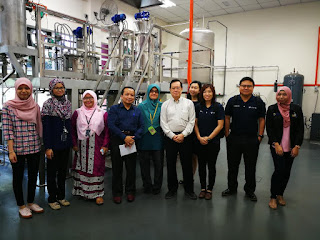






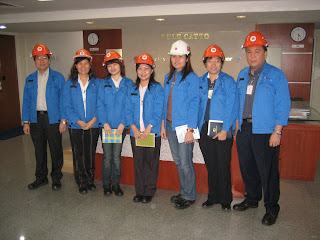
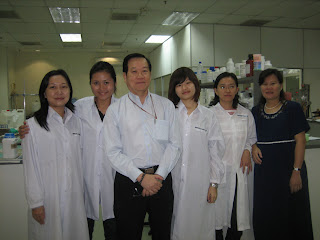
.jpg)
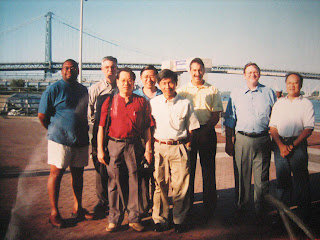.jpg)


.jpg)
.jpg)
.jpg)
.jpg)
.jpg)
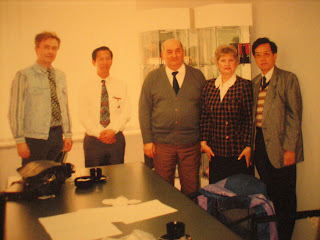.jpg)
.jpg)
.jpg)
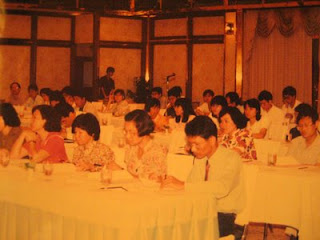.jpg)
.jpg)
.jpg)
.jpg)
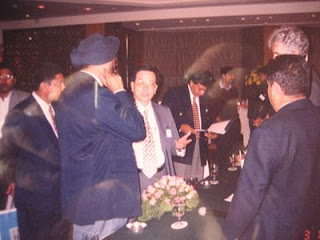.jpg)
.jpg)
.jpg)
.jpg)
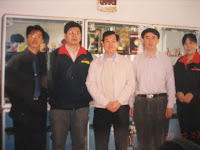.jpg)
.jpg)




